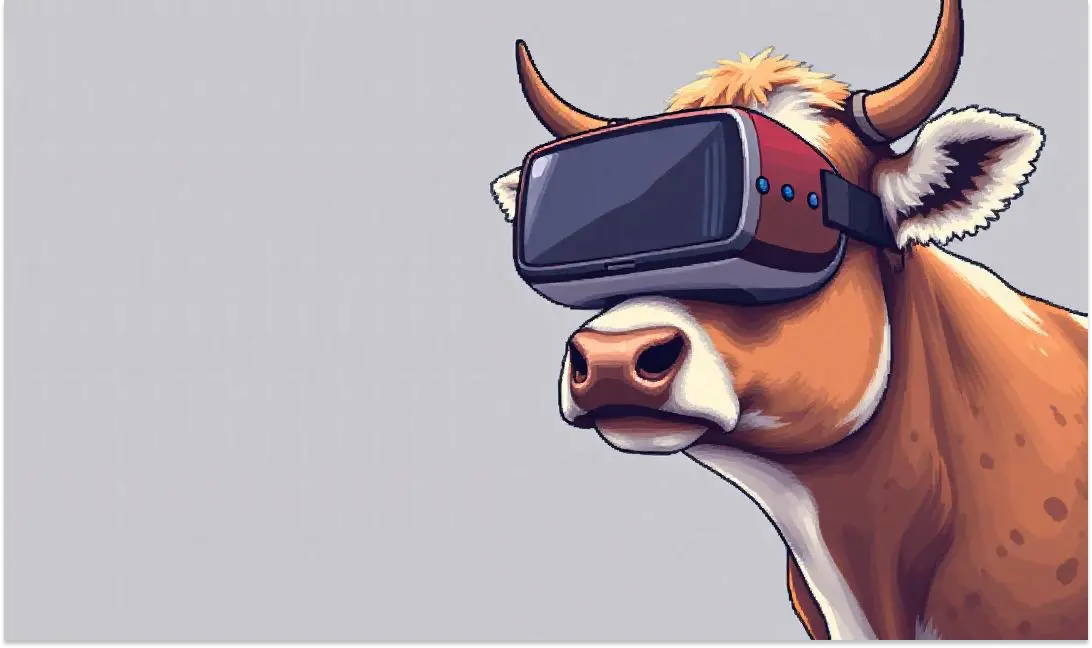
Content on the Web
On the web, we've traditionally separated content and interactivity. Content was the static stuff—text, images, videos, blog posts. Interactivity belonged to the app: buttons, forms, state. Sure, the app served the content, but it wasn’t the content itself. One was informative, the other functional. That’s just how it worked.
A Revelation
While reviewing projects from V-Combinator and the broader vibe coding scene, we came across things we couldn’t quite define. Were they products? Jokes? Art pieces?
These sites had interactive elements. They felt like standalone experiences. But they weren’t fully baked SaaS apps.
So what were they?
VR Goggles for Cows
One site pitched VR goggles for cows. Hilarious, but also kind of unsettling.
The AI-generated images were absurd, but the message landed: maybe making cows comfortable before the slaughterhouse isn’t actually progress.
It worked better than any banner ad shouting “Save the cows.”
One teammate asked, “How do you monetize this?” Bogdan and I thought: maybe that’s not the point.
Maybe it’s not about money. Maybe it’s about provoking thought. Or just messing with your head.
Interactive Content
Vibe coders may have stumbled into a new form of content marketing, what we’re calling Interactive Content.
It’s weird. It’s funny. It’s often pointless. But it’s memorable.
Instead of begging for emails or promising some PDF, these sites give you a feeling. An idea. An experience.
Maybe it's the next lead magnet. Or maybe it’s just internet performance art.
Either way, it’s worth paying attention to.